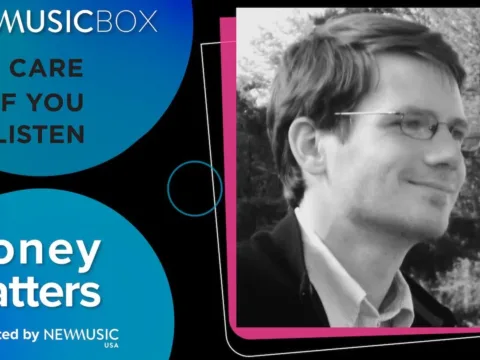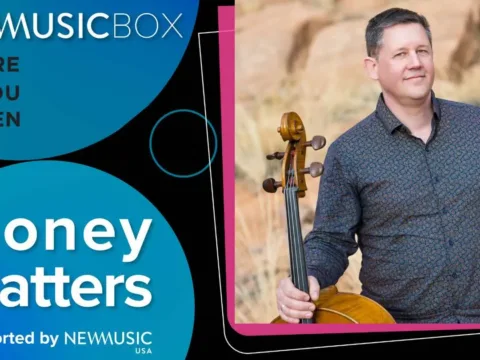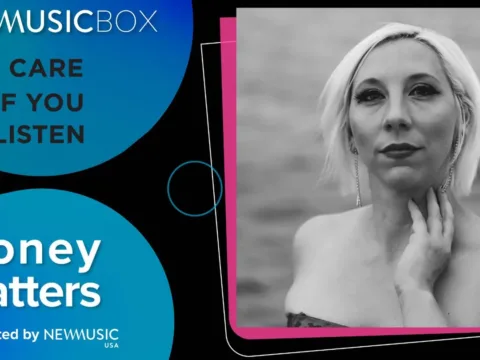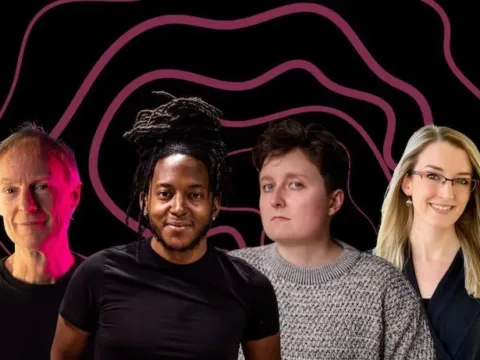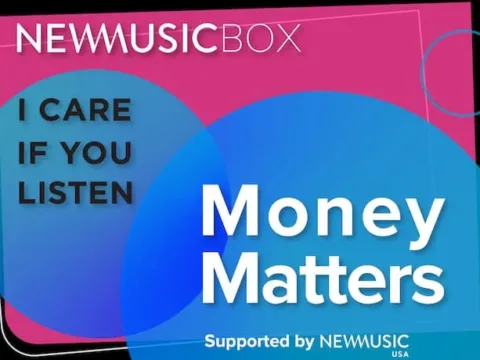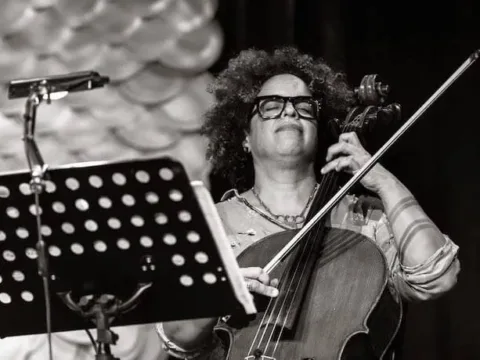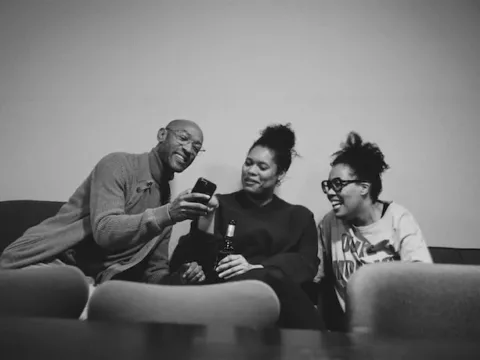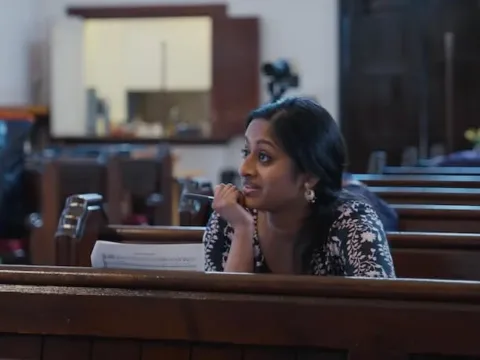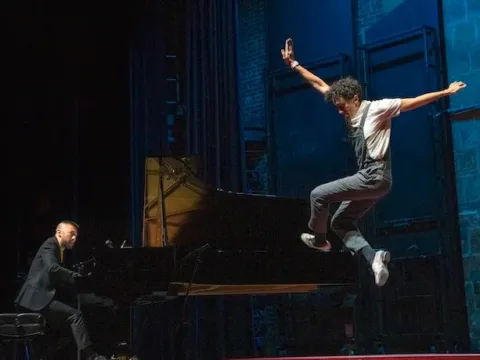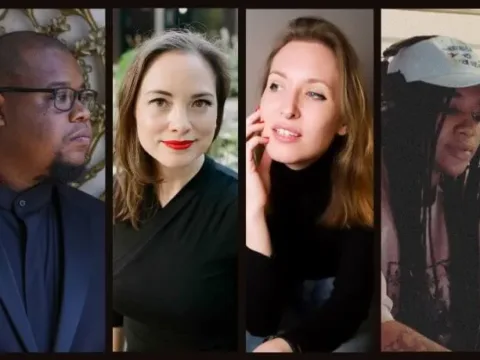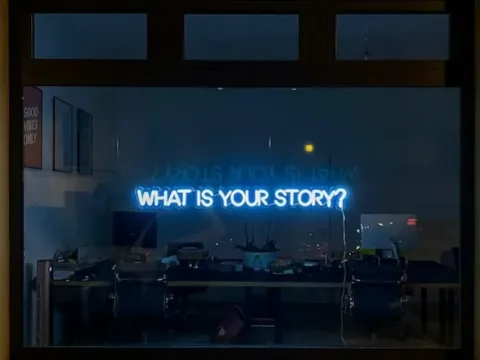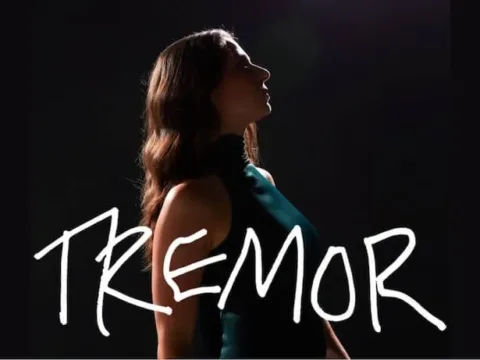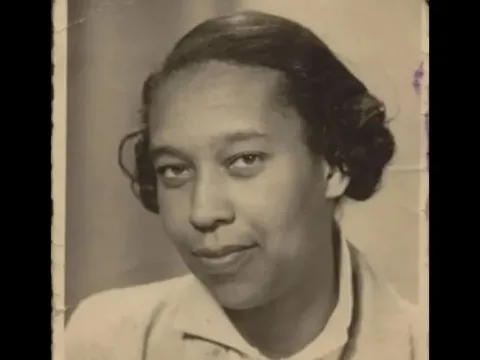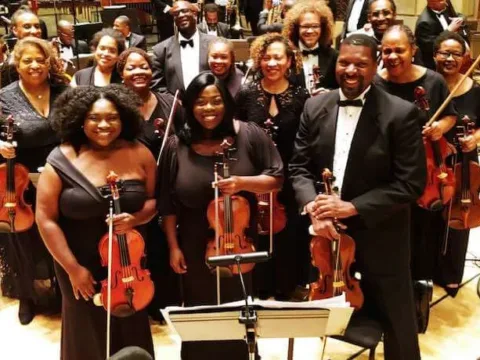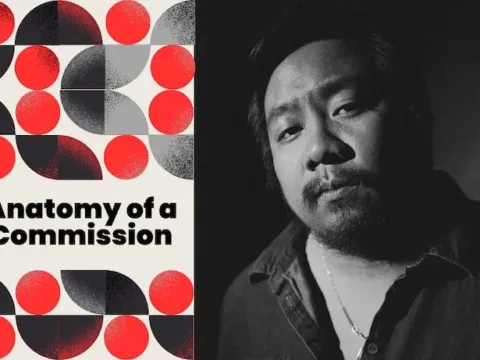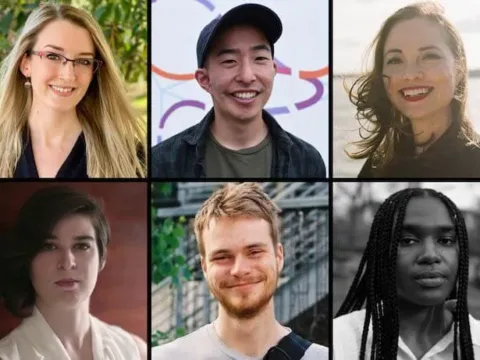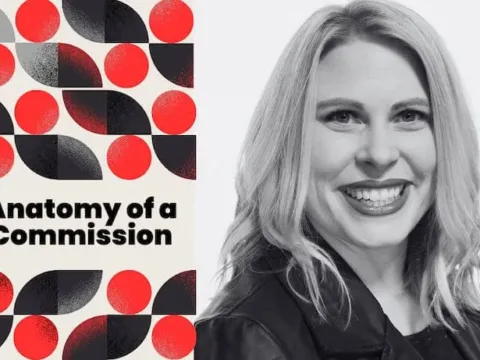This article was commissioned by American Composers Forum.
People often view fundraising as a “necessary evil” in the nonprofit industry – and to be honest, I’ve even felt that way from time to time throughout my career. Traditional philanthropic practices have upheld white supremacy, patriarchy, classism, and other systemic oppressions, but it doesn’t have to be this way.
Most nonprofits, including American Composers Forum, rely on charitable donations from individuals and institutions in order to exist. As ACF’s new Director of Development and Operations, I help lead our efforts to secure resources from our community of supporters. We are in the process of changing our fundraising practices to be more aligned with our equity goals, and as someone who is committed both personally and professionally to dismantling social injustices, I’m excited that we’re joining the growing Community-Centric Fundraising movement.
The history of fundraising and nonprofits in the United States is complicated and problematic, even though organized fundraising in the US is only about 100 years old. In the early 20th century, a new tax classification was created for organizations doing good: the tax-exempt nonprofit organization. An income tax mandate on the wealthiest private citizens was also enacted, and donations to charities became tax deductible. While these new tax rules were meant to encourage philanthropy, especially by wealthy individuals, instead they became a means to avoid tax payments and accumulate wealth in private foundations.
Traditional philanthropic practices have upheld white supremacy, patriarchy, classism, and other systemic oppressions, but it doesn’t have to be this way.
That’s not to say that there aren’t, or haven’t been, incredibly generous people who give to nonprofits purely because they want to make a difference in their communities. I personally have met too many to count. But the reality is that the largest driver of philanthropy for the wealthiest individuals in the US tends to be tax incentives. (For more information on the history of nonprofits and philanthropy in the US, see Justice Funders’ great resource, Stifled Generosity.)
In addition to this complicated history, the practices of philanthropy have also been steeped with problems. Traditional fundraising rarely addresses the injustices our nonprofits are working to address – in fact, it often bolsters them. It avoids important conversations about race, inequity, privilege, and wealth disparities, for fear of “turning off” donors. And it often centers the experiences and voices of wealthy donors, most of whom are white. These fundraising practices can position donors as saviors, while the people an organization serves are in need of saving, further contributing to the “White Savior Industrial Complex.”
But the good news is that philanthropy in the United States is changing. Several years ago, a group of BIPOC (Black, Indigenous, People of Color) fundraisers in Seattle began gathering to discuss their experiences and ideas about philanthropy. Together, they launched the Community-Centric Fundraising movement, an effort to radically change how fundraising is done in the nonprofit sector. Based on 10 key principles, this movement works to ground fundraising in social justice, equity, and anti-racism. It encourages people to examine traditional fundraising practices and asks questions like: What perpetuates white dominant culture and other systemic oppressions? And what takes power away from the community and gives it to the donor?
As a further embodiment of our own equity goals, ACF is proud to have joined this global movement that is transforming the fundraising and nonprofit industries. More and more organizations are embracing this new model, and Community-Centric Fundraising is gaining momentum around the globe.
So what does community-centric fundraising look like in practice?
At ACF, it looks like lifting up and amplifying the voices of our community of artists, not exploiting them to benefit our fundraising campaigns. We work to make sure that the stories we share represent our full and diverse community. And we are thoughtful and discerning about the images and language we use, being careful to avoid harmful stereotypes or telling someone else’s story for them. We ask questions like: Are we centering the voices of our community or “othering” them? And do we have permission to share these stories?
It also looks not shying away from conversations about race, inequities, and wealth disparities with donors. For too long, fundraising has avoided these topics for fear of offending funders and losing donations. But this short-changes our donors, especially those who are committed to social justice and want to learn how to do better. Instead, we can create opportunities to learn together about the complexity of our work and the larger issues that affect our community. With events like our annual Artist Equity Summit, we facilitate conversations about systemic inequity and our roles in it, and how we all benefit from a strong, healthy, vibrant community.
Community-centric fundraising challenges us to examine how we can ensure that all contributions to ACF are valued. Everyone who contributes to our work should be equally appreciated, whether they be staff, volunteer, board member, or donor. Too often, it is the donors who make high-dollar gifts that receive the most recognition and attention, while volunteers and board members who give their time – a resource we can’t make more of – are seldom given the same level of appreciation. So at ACF, we are actively working to create more opportunities to recognize all who contribute to ACF’s mission and invite them further into our work.
What perpetuates white dominant culture and other systemic oppressions? And what takes power away from the community and gives it to the donor?
Community-centric fundraising reminds us that we are just one part of a larger ecosystem working together to build a more just society. ACF does not operate in a vacuum, nor do any other nonprofit organizations. We actively work to build a community of artists, advocates, and organizations who are mutually supportive of each other. And we hope that those supporting ACF feel a sense of belonging to this larger community. Because we are all working together to collectively bend the arc of the moral universe, and we will see more success by collaborating rather than competing.
It’s also important to recognize that this work to ground fundraising in social justice, equity, and anti-racism won’t happen quickly or easily. There’s too much to undo, and too many people who have benefitted from the way things have been, to expect it to happen overnight. But like all social justice work, we know this is important and will continue to move forward. And hopefully by sharing our experience, it will encourage others to join in this movement too.
As long as nonprofit organizations exist, fundraising is necessary, but my Community-Centric colleagues and I know that it doesn’t have to be evil. Fundraising can be thoughtful, relational, and fully aligned with an organization’s values. Fundraising can amplify the voices of the communities we serve. Fundraising can be a way for social justice-oriented organizations to build the support and resources they need to truly make a difference in their communities. I believe that Community-Centric Fundraising is transforming our industry and changing our world, and I’m excited for ACF’s community of artists and supporters to come along on this journey with us.
I CARE IF YOU LISTEN is an editorially-independent program of the American Composers Forum, and is made possible thanks to generous donor and institutional support. Opinions expressed are solely those of the author and may not represent the views of ICIYL or ACF.
You can support the work of ICIYL with a tax-deductible gift to ACF. For more on ACF, visit the “At ACF” section or composersforum.org.

